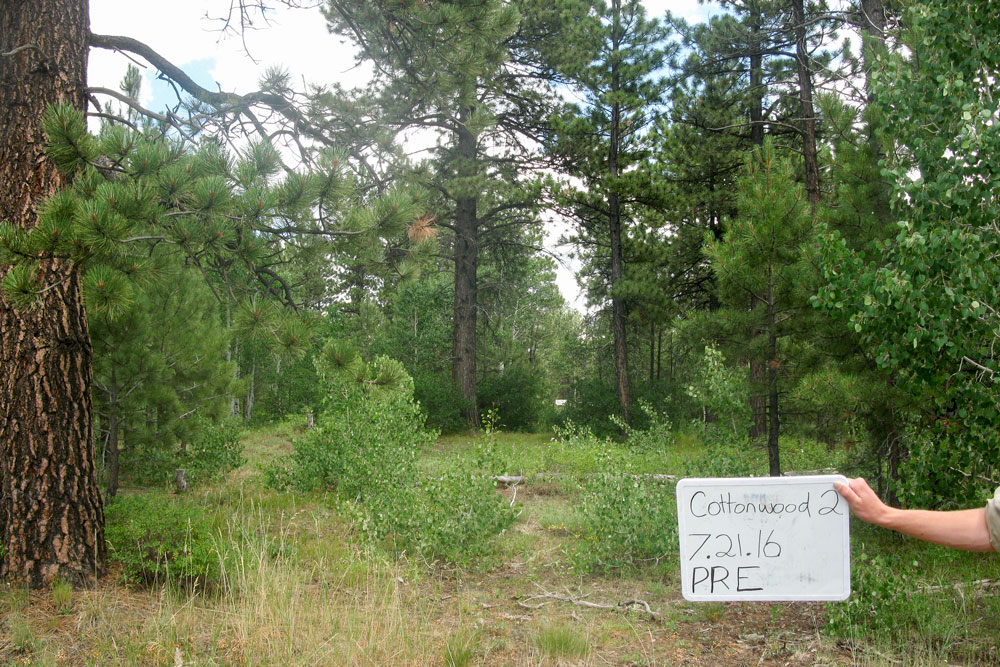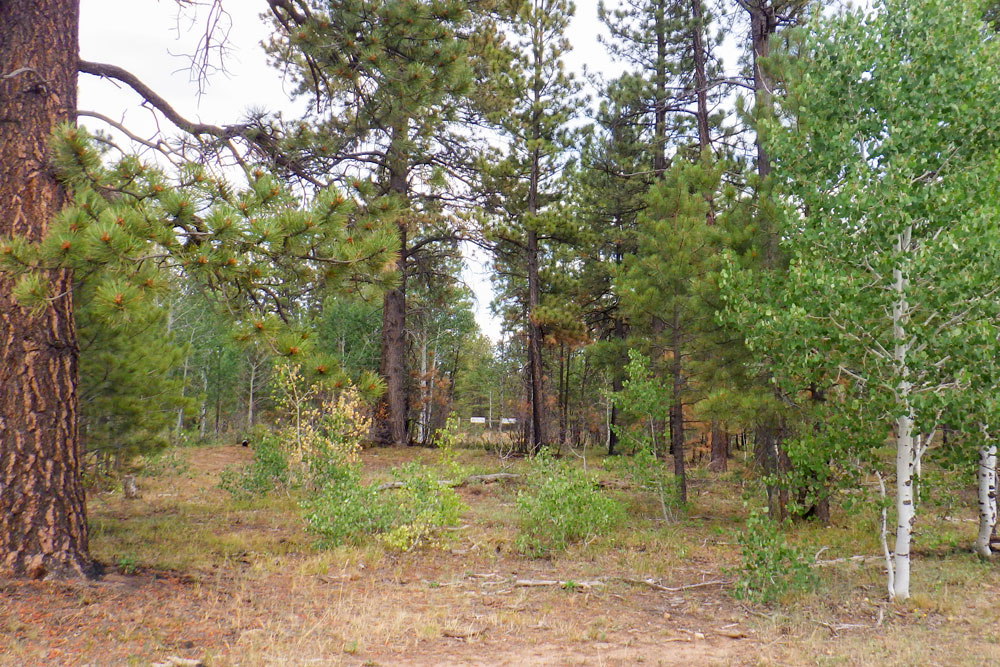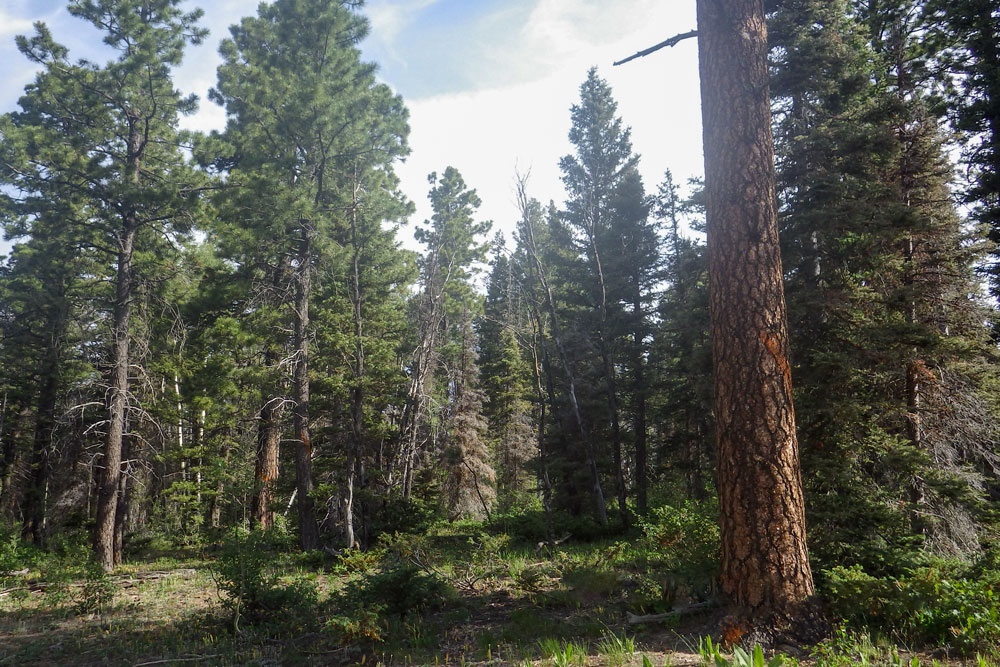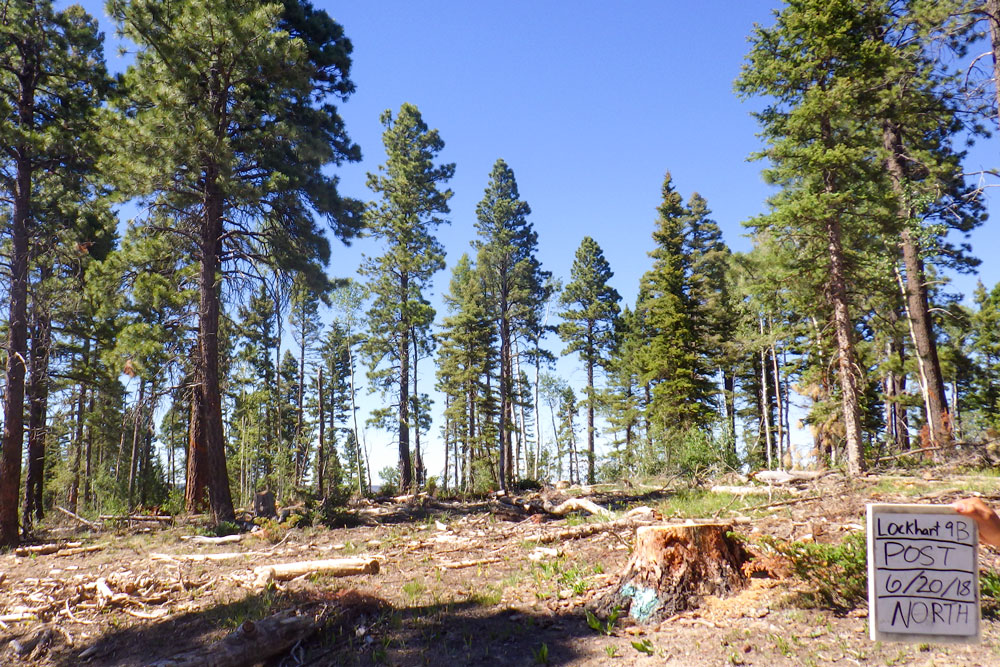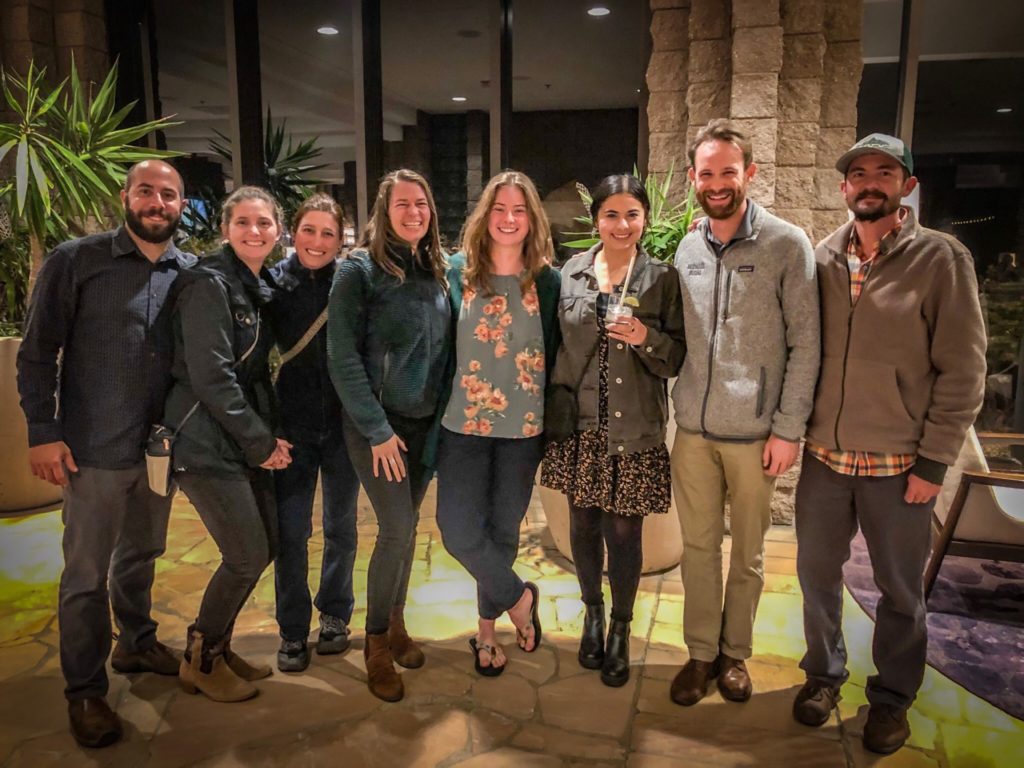
Every CSU faculty, staff member and student that attended the biennial Association for Fire Ecology (AFE) Congress held in Tucson, Arizona mid-November showcased the department’s unique fire expertise.
In all, three faculty members, five graduate students, and 11 research staff members from the Department of Forest and Rangeland Stewardship offered one or more oral or poster presentations during the five-day long Congress. The university’s collective participation contributed to the non-profit organization’s mission of improving the knowledge of fire as a fundamental ecological process within many different ecosystems and using this natural phenomenon as a land management tool.
Discovering the social and ecological systems of fire
Forest and Rangeland Stewardship
Research expertise within the Department of Forest and Rangeland Stewardship has recently sought to understand the current social and ecological systems of fire in the western U.S.
Associate Professor Courtney Schultz led two discussions exploring the policy and application surrounding prescribed and wildland fire. Based on collaborative research conducted with other university and federal agency researchers, she discussed policy approaches that support prescribed burning efforts and highlighted governance and policy developments relevant for federal fire management.
“We know we need to improve fire management and live with more fire in the U.S., but how we design social, political and governance processes to make that happen is still an open question,” Schultz said.
Research Associate Justin Ziegler uses history and modern technology to maximize our understanding about forest structure and project future outcomes of disturbance and resiliency. In three separate sessions, he presented research that he either led or contributed his specialized skillset in order to answer different research questions in a variety of forest types.
Whether ponderosa pine, mixed-conifer or aspen, Ziegler incorporates a historical understanding of forest structure with real-time forest data into physics-based fire models. These models can predict the effects of disturbance and forest treatments on forest structure and future fire behavior.
“I was invited to a special session about advancing a mechanistic understanding of historical patterns of forest heterogeneity in order to steer contemporary forest restoration practices,” Ziegler said. “As a result, other researchers who are working in my niche field of inquiry were there. Their presentations and follow-up discussions will lead to a greater understanding of the implications of my own research, steer new questions and hypotheses, as well as facilitated future collaborative efforts.”


These animations are visual results of the models Ziegler creates. The GIFs show fire spreading through the same study site under the same fire weather conditions, but the top represents the forest in 2008 while the bottom animation is the forest as it was historically in 1929.
(Animations courtesy of Justin Ziegler)
The human-fire interface
Colorado Forest Restoration Institute
The Colorado Forest Restoration Institute (CFRI) is a congressionally established science-driven outreach and engagement organization hosted by the Department of Forest and Rangeland Stewardship. They have served as a bridge between public land agencies, and private land organizations and owners throughout the Southern Rocky Mountains for the past 15 years. In so doing, the Institute’s eight presentations reflected a variety of fire-related topics.
Research Associate Michael Caggiano focuses on the wildland-urban interface (WUI). This transition zone between forested areas and human development has become an increasingly important part of the wildland fire conversation across the west in recent years. His team studied post-fire data for 60 WUI disasters that occurred in the western U.S. between the years 2000 and 2018. They found that using appropriate scales and wildland vegetation buffer distances that align with previously documented home loss could more accurately identify homes at risk of wildfire damage.
“This work contributes to efforts that map the wildland urban interface by helping to quantify values at risk and the risk of home ignition in WUI communities,” added Caggiano.
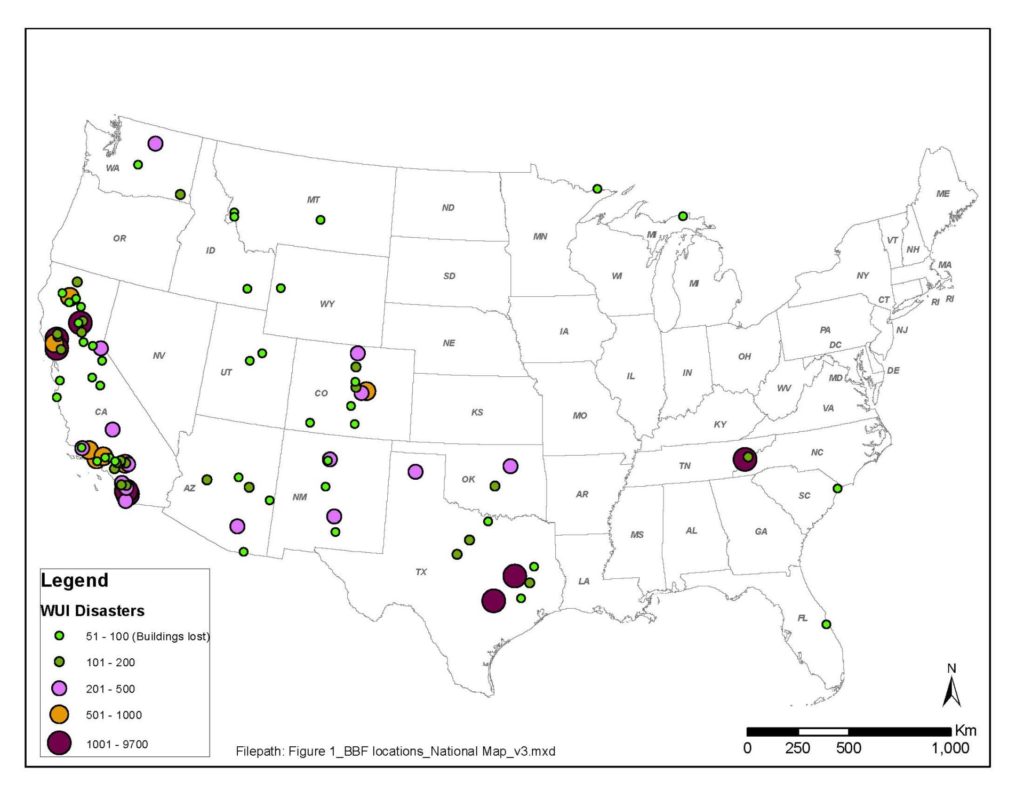
Other CFRI researchers complemented this human-fire interface theme as it relates to the management and restoration of fire-adapted landscapes. Research Associate Marin Chambers presented a poster on vegetation monitoring results from data collected by Montrose High School students. The forest areas in question were treated with both the mechanical removal of trees and prescribed fire within Colorado’s Uncompaghre National Forest.
“This type of work provides localized monitoring information to the greater forest collaborative, and shows the impactful and effective forest restoration work occurring on the Uncompahgre Plateau which is crucial for adaptive management discussions and group learning,” Chambers said.
Local communities and fire
Southern Rockies Fire Science Network
The Southern Rockies Fire Science Network (SRFSN), also housed in the Department of Forest and Rangeland Stewardship, is one of 15 regional exchanges in the national Joint Fire Science Network. This network is a clearinghouse of outreach opportunities and science-based fire knowledge for specific regions in the nation.
SRFSN serves five states in the Intermountain West. SRFSN Director Gloria Edwards led a discussion about prescribed fire councils that exist throughout the region. Each council’s purpose is to expand the effectiveness of prescribed fires.
“Most states now have a prescribed fire council in the southern Rockies region,” Edwards added. “This provided an opportunity to bring participants together to make connections, share challenges and successes, and identify ways to move forward for regional support of prescribed fire.”
Attendees from eight different states inside and outside SRFSN’s jurisdiction participated in the discussion. They identified methods to improve communication and shared best practices for outreach and education that can expand the region’s network.
CSU’s contributions to the 2019 AFE Congress showed how this collective wildland fire expertise is beginning to answer some new questions around the evolving fire conversation.
